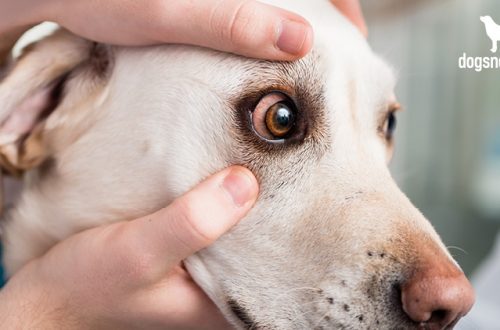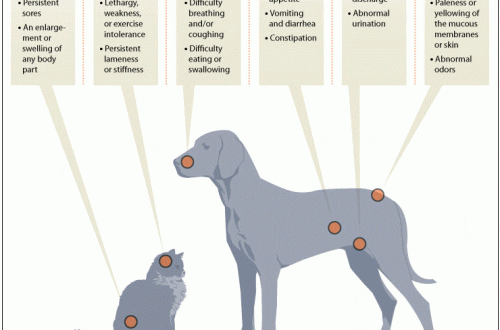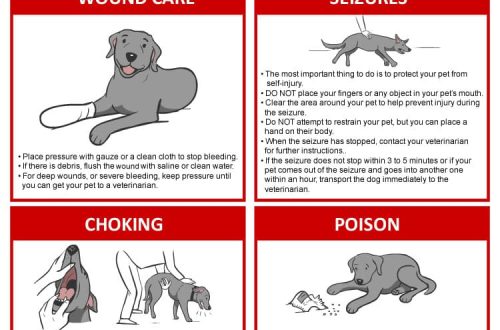
Dog has hair on end
Almost every dog owner has repeatedly observed how the pet’s hair stands on end. What does ruffling hair on a dog mean?

Why does a dog put its hair on end
As a rule, people perceive the hair on end in a dog as a sign of aggression. But in fact, this is not entirely true. A dog can put its coat on end for a variety of reasons. It helps her appear bigger.
It can be said for sure that rearing hair is a sign of arousal. But excitement accompanies different emotions, not necessarily anger. Therefore, everything must be considered in context and take into account the situation, other signals of the body and the actions of the dog.
So, the hair on end in a dog can stand up in the following cases.
- The dog is afraid. It is rather a signal “I am ready for any development of events and I may have to run away or defend myself.” As a rule, the posture and facial expressions of the dog also indicate fear. It is better not to approach such a dog.
- The dog is addicted to play. Yes, yes, sometimes dogs rear up their hair in the excitement of the game. As a rule, if the game involves “comic” attacks for each other. Most often this is not a cause for concern, but if your pet is prone to overexcitation, you should carefully monitor the dogs in order to interrupt the game in time to avoid conflict.
- The dog is surprised and interested. She may have seen something unusual, and so far does not quite understand what she should do with this unusual thing.
- The dog is angry. Sometimes rearing hair is indeed a sign of anger. In this case, other body signals also indicate anger. And, of course, in such a situation, you should be careful.
How does a dog manage to fluff up its fur?
Hair on end is an involuntary reaction based on a function such as piloerection. The same thing happens when our hands get goosebumps.
By the way, long-haired or wire-haired dogs do not manage to raise their hair on end. So, if you have, for example, a wire-haired terrier, you will not see this in your pet. In this case, it is worth focusing on other body signals in order to understand the emotions of a four-legged friend.





